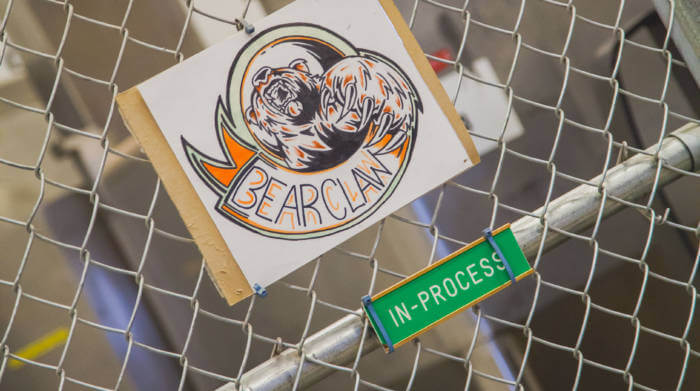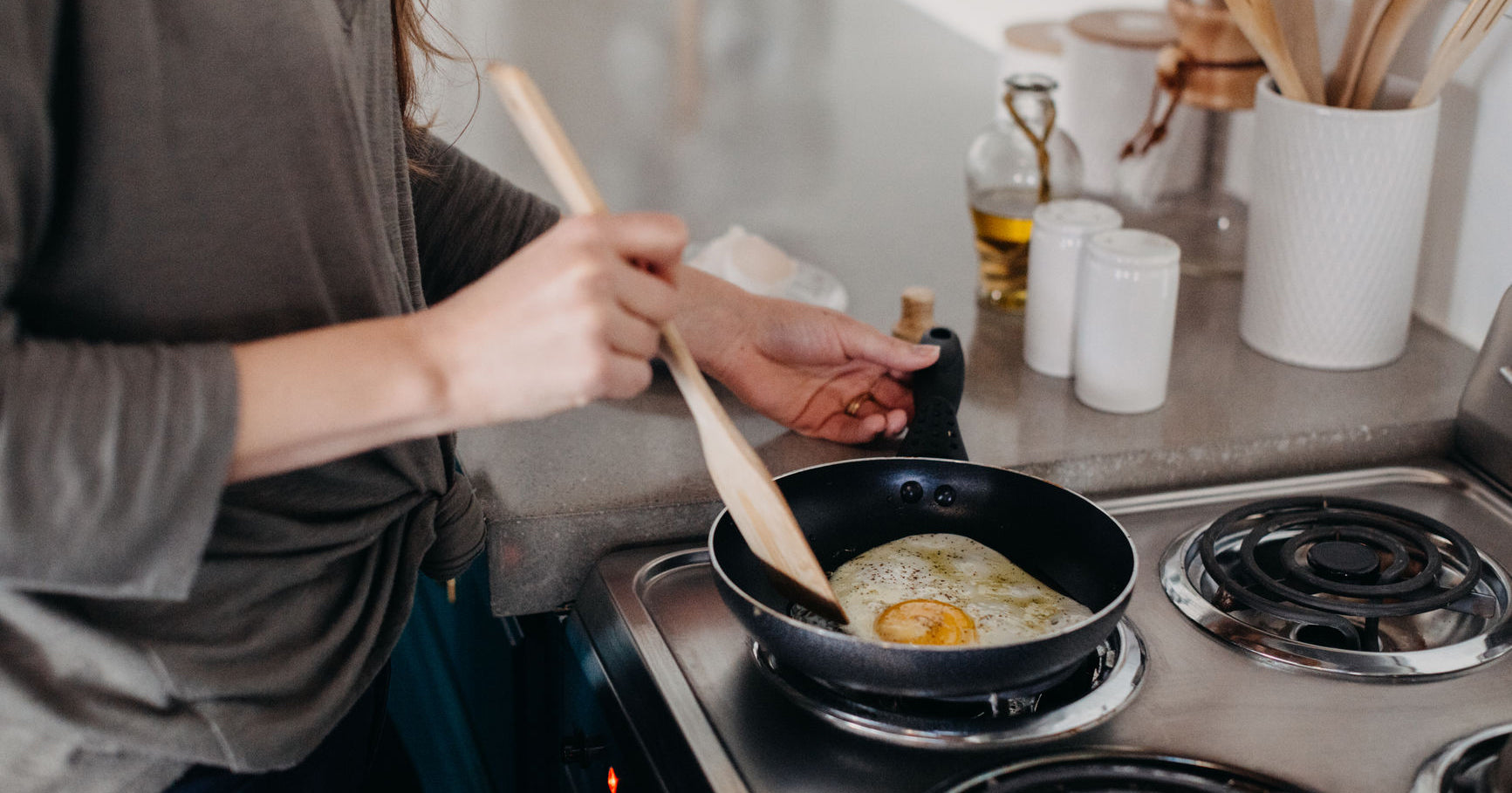From Farm to Tablet: Our On-Site Lab

| Abigail McShinsky | May 17, 2017 |
If you’ve been following us for the last couple of years, you know that we like to go big on transparency. And a huge part of this is making sure we produce formulations that our customers can feel safe taking.
Since we’ve pulled back the curtain to check out our tablet press and our dryers (and even the bear claw), it only makes sense to spend some time talking about the ways we ensure a pure and potent product for you. Without this aspect of our manufacturing, there would be no point in investing in Refractance Window Drying, or refurbishing old, but slow and gentle, tablet presses. Testing not only comes first, but it’s also the last thing we do before a product makes it into the bottle and off to your local natural product retailer’s shelves.

Because we work with whole foods and botanicals in such high amounts (over 500,00 pounds of fresh fruits, vegetables, whole grains, and herbs make it to us each year!), we opted to develop our own on-site analytical laboratory to streamline testing, and allow us to truly have control from Farm to Tablet. This lab handles the majority of our quality control testing, from botanical identity to allergens and heavy metals.
The lab, which we affectionately refer to as 4 Delta (no fancy code names here, just the street it resides on!) is staffed with a dedicated crew of talented scientists. This facility (and this is something we are really proud of) is ISO9001 certified, which means it is certified to conform to internationally recognized standards for quality assurance, and we are audited each year to ensure we are maintaining this status.
If you ever come to visit our facility, you might be surprised to find it’s a small room, but it’s full of some incredible scientific instruments that help us ensure the quality of our products. Today, we’re going to take a virtual “tour” of our lab, and we’ll focus on the ways we verify purity and potency of our vitamins, minerals, and fresh foods.
The first stop on the “tour” is our HPLC machine, which stands for High Performance Liquid Chromatography. This machine is used to test vitamins and vitamin-like compounds. It allows us to measure the quantity of a specific vitamin so that we can ensure what we say on the label matches what you’re getting in the bottle. Finished nutrients that have come off the dryer are tested here, as are final formulas. In fact, we test at each step of the process so there are no surprises!
The HPLC

Next up is our ICP-OES, which stands for Inductively Coupled Plasma – Optical Emission Spectrometry (don’t worry, there’s no test at the end of this!). We often refer to this simply as ICP. This is a quantitative instrument that is used to test for minerals in finished product, and it can quantify minerals down to the Part Per Million (PPM). The way this machine works is truly incredible.
The ICP’s plasma is as hot as the surface of the sun at ~10,000 F! When a mineral sample is sprayed into this ultra-hot plasma, it emits photons of light that are specific to that mineral. By measuring this, we can identify what mineral is present, and how much of it is present.
Think of it this way: when we watch a fireworks display, the colors we see are these photons radiating out of the superheated minerals that are mixed in with the explosives. It is the minerals that produce the colors we see in fireworks and it is these same colors that our ICP sees. Neat, right?! What is really amazing about an ICP is that it can see nearly all of minerals in a product (with a few exceptions) at one time and it can quantify them down to the PPM.
The ICP-OES
 Now that we’ve taken care of the vitamins and minerals, we need to verify the many botanicals, fruits, and vegetables that we use. For this (our final stop on today’s “tour”), we go to our pal the HPTLC, which stands for High Performance Thin Layer Chromatography. This piece of equipment generates a chromatographic fingerprint which is used to ID herbs and botanicals. Each sample is extracted and then chromatographed onto a HPTLC plate. Chromatographed samples are cross referenced with a chemical and botanical reference standard - for quality purposes and in accordance with current procedure, we cross reference our botanicals with a chemical standard and a botanical reference standard. This way, we can verify that our ashwagandha, for example, is truly ashwagandha, and hasn’t been adulterated.
Now that we’ve taken care of the vitamins and minerals, we need to verify the many botanicals, fruits, and vegetables that we use. For this (our final stop on today’s “tour”), we go to our pal the HPTLC, which stands for High Performance Thin Layer Chromatography. This piece of equipment generates a chromatographic fingerprint which is used to ID herbs and botanicals. Each sample is extracted and then chromatographed onto a HPTLC plate. Chromatographed samples are cross referenced with a chemical and botanical reference standard - for quality purposes and in accordance with current procedure, we cross reference our botanicals with a chemical standard and a botanical reference standard. This way, we can verify that our ashwagandha, for example, is truly ashwagandha, and hasn’t been adulterated.
The HPTLC




Leave a comment
This site is protected by hCaptcha and the hCaptcha Privacy Policy and Terms of Service apply.